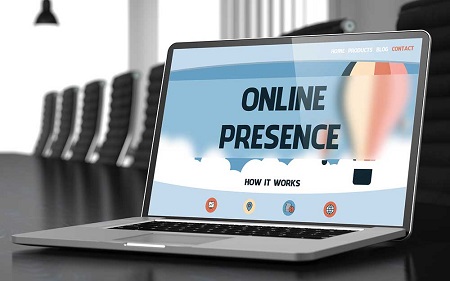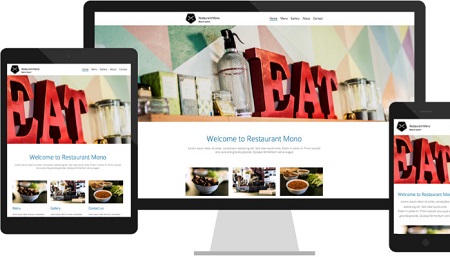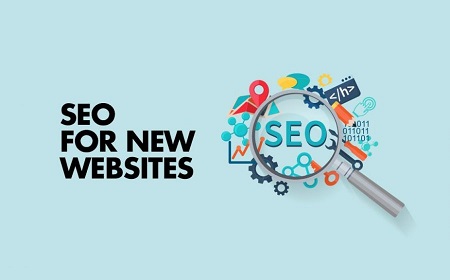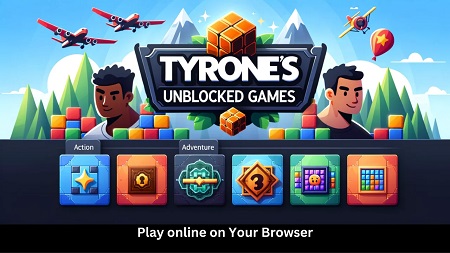
In today’s digital age, having a strong online presence is essential for businesses of all sizes. Whether you’re a startup or an established company, an effective online presence can help you reach new customers, enhance your brand visibility, and drive sales. In this article, we’ll explore the steps to create a robust online presence for your business and answer some frequently asked questions.
Why Is an Online Presence Important?
- Increased Visibility: A strong online presence helps potential customers discover your business when searching for relevant products or services.
- Customer Engagement: Engaging with customers online builds relationships, fostering loyalty and repeat business.
- Brand Credibility: A professional website and active social media accounts enhance your brand’s credibility.
- Cost-Effective Marketing: Online marketing strategies often have a better return on investment compared to traditional advertising methods.
Also Read: Affordable Website Builders for Small Businesses
Steps to Create an Online Presence
1. Develop a Professional Website
Your website is the cornerstone of your online presence. Here’s how to create one:
- Choose a Domain Name: Select a domain name that reflects your business and is easy to remember. Aim for a .com extension when possible.
- Select a Hosting Provider: Choose a reliable hosting service that offers good uptime, customer support, and scalability options.
- Design Your Website: Use user-friendly website builders like WordPress, Wix, or Squarespace. Ensure your website is mobile-responsive and easy to navigate.
- Optimize for SEO: Incorporate relevant keywords in your website content, titles, and meta descriptions to improve search engine rankings.
2. Leverage Social Media
Social media platforms are powerful tools for engaging with your audience. Here’s how to use them effectively:
- Choose the Right Platforms: Identify which social media platforms your target audience uses most (e.g., Facebook, Instagram, LinkedIn).
- Create Business Profiles: Set up professional profiles with consistent branding, including logos and descriptions.
- Post Regularly: Share valuable content, including blog posts, promotions, and behind-the-scenes glimpses of your business.
- Engage with Followers: Respond to comments and messages promptly to build relationships with your audience.
3. Implement Content Marketing
Content marketing helps establish your authority in your industry. Consider the following strategies:
- Start a Blog: Regularly publish informative blog posts that address common questions or problems faced by your target audience.
- Create Valuable Resources: Develop eBooks, whitepapers, or guides that provide in-depth information on relevant topics.
- Utilize Video Content: Create engaging videos showcasing your products, services, or industry insights.
4. Utilize Email Marketing
Email marketing remains one of the most effective ways to communicate with customers. Here’s how to get started:
- Build an Email List: Encourage website visitors to subscribe to your newsletter by offering incentives like discounts or free resources.
- Send Regular Updates: Share newsletters that include promotions, blog updates, and valuable tips.
- Personalize Your Emails: Use segmentation to tailor your emails based on customer preferences and behaviors.
5. Optimize for Local Search
If you operate a local business, optimizing for local search is crucial:
- Claim Your Google My Business Listing: This free tool allows you to manage how your business appears on Google Search and Maps.
- Encourage Customer Reviews: Positive reviews enhance your credibility and improve your local search rankings.
- Use Local Keywords: Incorporate location-based keywords in your website content and blog posts.
6. Monitor and Analyze Your Efforts
Regularly tracking your online presence is essential to understanding what works and what doesn’t:
- Use Analytics Tools: Platforms like Google Analytics provide insights into website traffic and user behavior.
- Monitor Social Media Engagement: Keep track of likes, shares, and comments to gauge your social media effectiveness.
- Adjust Your Strategies: Use data insights to refine your marketing strategies and improve your online presence.
Also Read: DIY Website Design for Entrepreneurs: A Comprehensive Guide
Frequently Asked Questions (FAQs)
1. How long does it take to establish an online presence?
Establishing a solid online presence can take time. Generally, it may take a few months to see significant results, depending on your industry, strategies employed, and consistency of efforts.
2. Do I need to be on every social media platform?
No, it’s more effective to focus on the platforms where your target audience is most active. Research your audience to determine the best platforms for your business.
3. How can I improve my website’s SEO?
Focus on keyword research, quality content creation, optimizing meta tags, building backlinks, and ensuring your website is mobile-friendly and fast-loading.
4. What content should I include in my blog?
Create content that answers common questions, provides solutions to problems, shares industry news, or showcases your products and services in detail.
5. How often should I post on social media?
Aim to post consistently, whether it’s daily, a few times a week, or weekly. Quality is more important than quantity, so ensure your posts are valuable and relevant.
Conclusion
Creating a strong online presence is essential for businesses looking to thrive in today’s digital landscape. By developing a professional website, leveraging social media, implementing content marketing, and optimizing for local search, you can effectively reach and engage your target audience. Regularly monitor your efforts to refine your strategies and achieve lasting success. Start building your online presence today, and watch your business grow!




